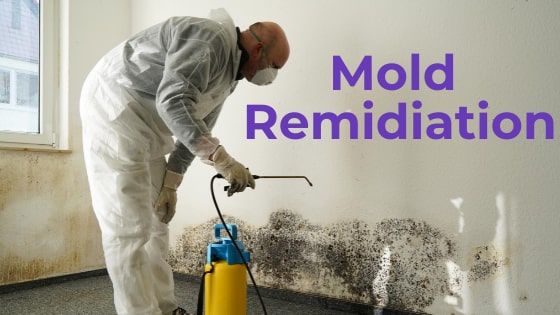How to Clean a Window Air Conditioner with Mold
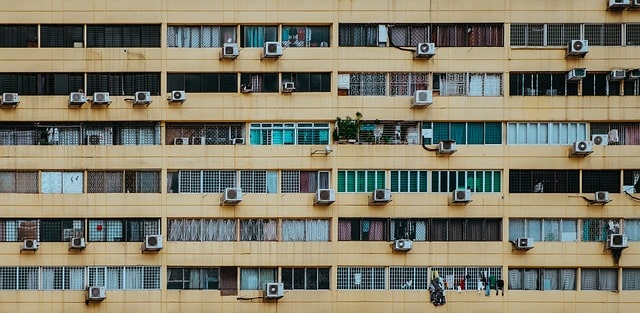
Mold in a window air conditioner can pose a threat to your family’s health, so cleaning the mold quickly and safely is essential. If the mold is limited, you can usually clean it and continue using the unit. However, if the mold is covering a large portion of the inside of the air conditioner, including areas where you can’t reach easily by taking off the front cover, it’s best to get a new window air conditioner and get rid of the old one.
Mold can be very detrimental to your health, which is why it’s so important to address it promptly. This is especially true if the spores are festering in your air conditioner as you and your family can easily end up breathing them in.
What is window air conditioner mold?
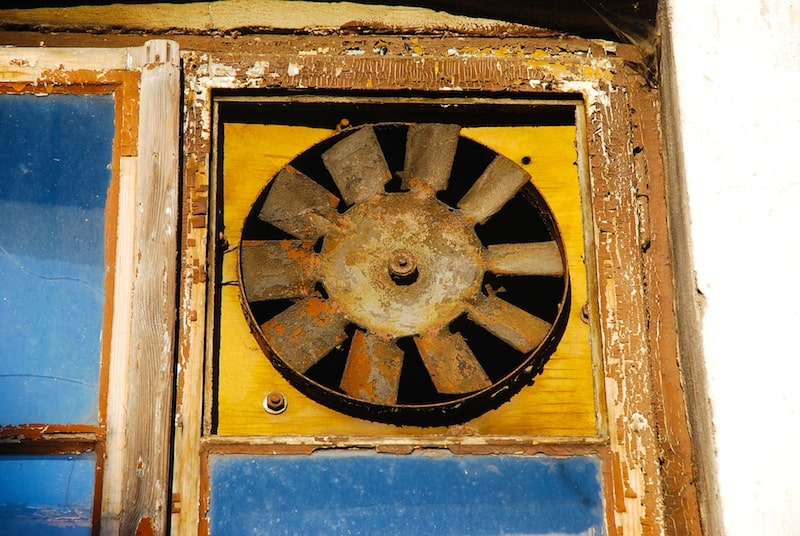
A mold is a fungus and it grows when there are three conditions: an organic substrate, moisture, and warmth. These conditions must be present for a mold to thrive and grow in any place.
Molds also love places that are dark and damp, and you know that your window air conditioner always has these features. While there are many types of molds, they all tend to favor damp and humid spaces.
So, many thrive in air vents and ducts. Many of them are toxic.
What are the problems window air conditioner mold create?
The musty smell appears to be a heavy problem in itself, but it’s not the only troublesome issue about mold. With your window air conditioner continually circulating air throughout your home, it sometimes picks up mold spores, spreading them into your living areas. As a result, you could suffer from frequent allergy symptoms.
Worse, mold exposure can have moderate to severe consequences on your health. These are the health challenges associated with it –
- Headaches
- Asthma attacks
- Chronic cough
- Sneezing
- Skin reactions
- Discomfort in the eye and nasal passages
- Respiratory infections
- So, it can be quite a serious problem. According to Environmental Health Perspectives, dampness and mold exposure can increase the risk of respiratory health issues even the process of cleaning up a moldy AC can risk your mold exposure.
How to know if your window air conditioner is growing mold?
You don’t need to look inside to notice if a foul smell comes off the window air conditioner as you turn it on. People call this the “dirty-sock syndrome.” It smells like you are in a room full of dirty socks! Also, it’s like that locker room odor, it comes off from a locker room that hasn’t been opened and cleaned for a very long time. So that’s the first thing you’ll notice when mold has infiltrated your window air conditioner.
Eventually, you may start feeling the symptoms of respiratory issues that have been aforementioned. And with the right combination of summer heat, humidity, and precipitation, your window air conditioner will likely continue to breed mold.
How to prevent mold on a window air conditioner?
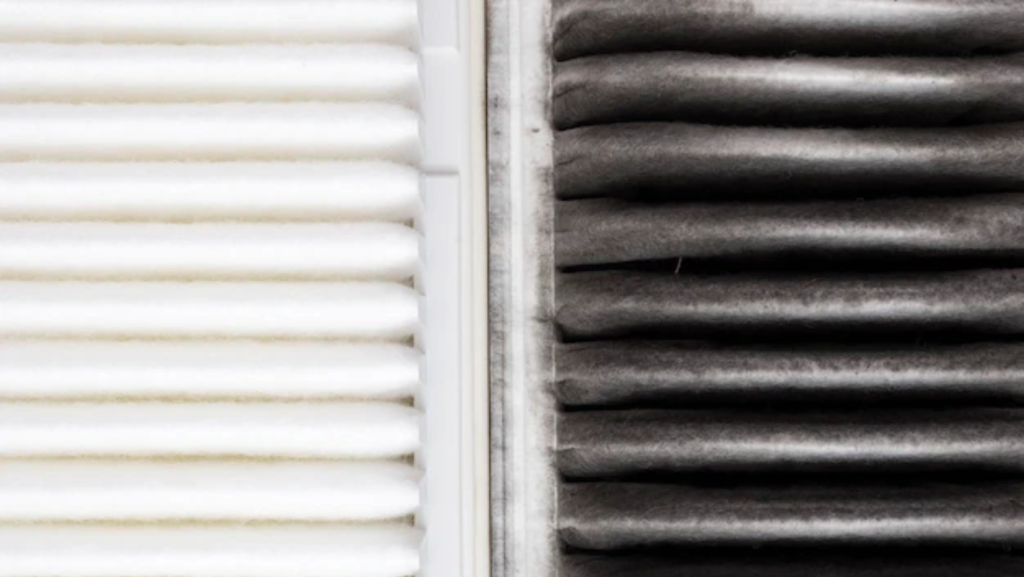
There are different ways of keeping mold away from your window air conditioner. Below are the various ways:
(1) Keep the window air conditioner always on
It may sound a little impractical, financially speaking. But turning your window air conditioner on (even while you’re out) can help against mold growth. When your window air conditioner is not on, moisture will soon build up within the house.
The temperature inside may rise, and the air would be stale. All these factors favor the growth of mold, but your window air conditioner can keep them all out. Of course, that’s only possible if it stays on.
(2) Add a UV filter to your window air conditioner
A UV filter in an HVAC system helps in regulating mold spores. It makes use of ultraviolet light and a high-end filter to trap and destroy allergens. Thus, a UV filter can help allergy sufferers and asthmatics as it kills bacteria and mold spores in the air.
(3) Get rid of the organic sources of mold in your home
Dust is one of the substrates that encourage the growth of mold. So, you need to vacuum regularly to remove the dirt and organic compounds in your carpet and other areas or items in your home where these minute substances can cling.
(4) Fix water leaks
Water leaks can promote mold growth. Water is probably the most significant contributing factor to mold infestation in your home.
(5) Choose a window air conditioner with humidity control
Sometimes, it’s about the window air conditioner itself. So, in case you’re buying a new window air conditioner unit, remember to choose one with humidity control. This feature allows it to suck humidity from your home.
(6) Maintain your window air conditioner
Eventually, your window air conditioner’s filter will collect enough dust and dirt to warrant a breeding ground for mold. But, you shouldn’t wait for the smelly signs to appear before cleaning your unit. What you need to do is schedule a monthly filter clean-up.
Meanwhile, your window air conditioner also needs proper yearly maintenance. You may need to contact a professional service to get this done. An expert should be able to check for duct leaks and other significant issues in your air conditioner. If your unit has too many issues though, you may need to replace it instead of pouring all your money and efforts into fixing it.
How you can clean a window air conditioner with mold?
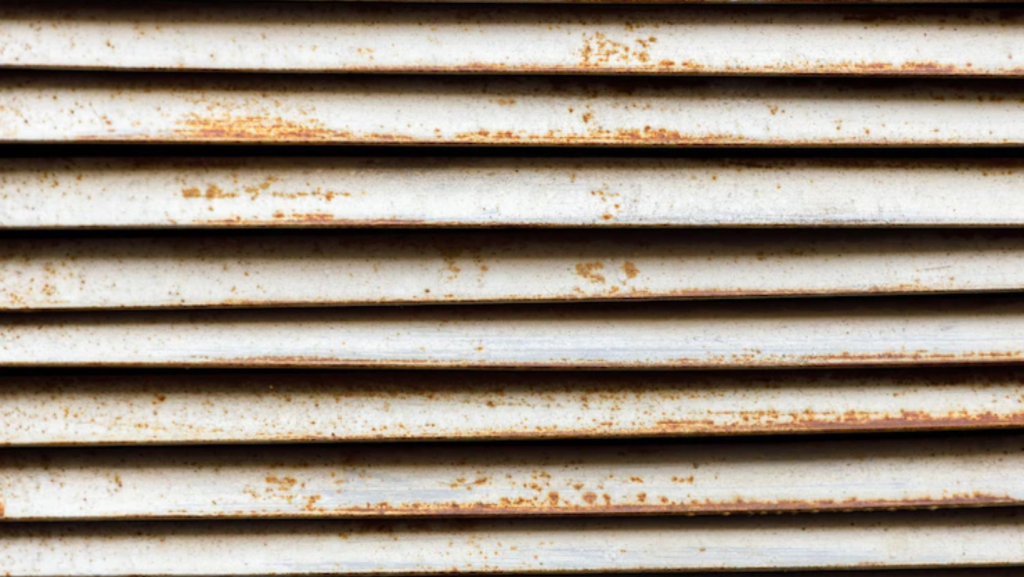
- Get the right protective gear: At the very least, you should be wearing an N-95 respirator mask when getting rid of mold. You should also wear gloves and wash anything that the spores come into contact with.
- Unplug your window air conditioner and discharge the capacitor: Whenever you want to perform internal work on your window air conditioner, you need to discharge its capacity
or. Even after you’ve unplugged the unit, there may be residual electricity inside that can shock you. Your air conditioner’s manual will tell you the exact steps required to avoid this. - Ideally, remove your window air conditioner from the window: Window air conditioners afford you the luxury of portability. This allows you to get a better angle for cleaning. Most importantly, though, you’ll be able to clean the air conditioner inside rather than having the mold spores circulate through your home.
- Remove your window air conditioner’s front panel: On some air conditioners, the front panel (which is the one that faces inward when the unit is installed) is simply pressure-fit. On other units, you’ll have to remove a few screws.
- Remove anything damp: You’ll almost certainly need to replace your filters and insulation. These components are porous and can easily soak up moisture, which will cause a reoccurrence of this problem down the road. If your filters are reusable, you’ll need to clean them with warm and soapy water.
- Use a wet vacuum to pull any remaining moisture from the unit: You mustn’t just replace your filters and then call it a day. If you leave moisture trapped within your air conditioner, you’ll just end up with a mold issue again.
- Spray your window air conditioner’s interior with a dedicated mold cleaner: The Environmental Protection Agency (EPA) also recommends certain products specifically designed to safely remove mold in your air conditioner.
- Use a brush and some warm water to scrub the affected areas: Make sure you wear your mask and gloves as the combination of mold and the disinfectant spray will be hazardous if inhaled. Pay special attention to scrubbing the unit’s grille as mold likes to hide out there.
- Let your window air conditioner dry for about 24 hours: Before reassembling and reinstalling your air conditioner, let it dry thoroughly. While you may not need to wait a full 24 hours if you live in a hot and sunny place like Phoenix, it can’t hurt.
- Spray a mold inhibitor inside your window air conditioner before reassembling it: Look for a good mold inhibitor and spray.
- Reassemble and reinstall your window air conditioner: This should be relatively straightforward. Just be sure the unit is fully assembled and in place before you plug it back in.

